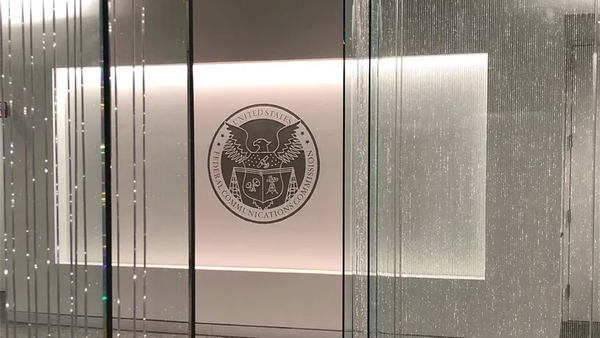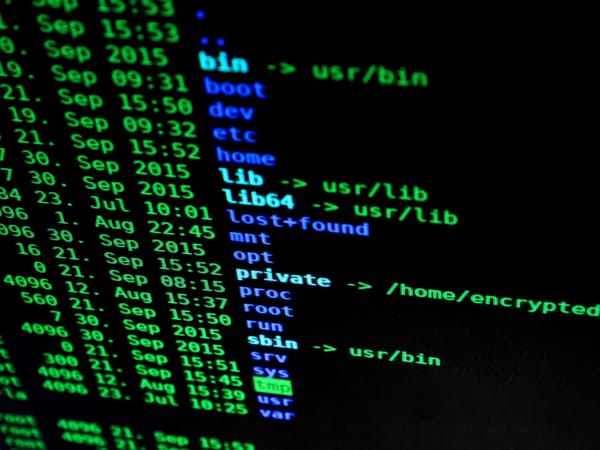The Deepening Quiet War: Why Russia’s Yantar Has the UK’s SIGINT Community on Alert
Russian interest in the cable networks surrounding Britain has instantly drawn attention from GCHQ, the National Cyber Security Centre, Royal Navy intelligence officers, and NATO maritime surveillance cells.

When the Russian vessel Yantar approached the edge of UK waters this month, it triggered an unusually public warning from Britain’s Defence Secretary and set off a wave of alerting across the British signals-intelligence community. To a casual observer the ship resembles a research platform, but within the intelligence and national-security world it is understood as a highly specialized instrument of Russia’s Main Directorate of Deep-Sea Research, an organization known for seabed operations that straddle the line between intelligence collection, covert reconnaissance, and preparation for potential sabotage. The concern is not its surface movements but its ability to operate on the sea floor, where the physical backbone of modern global communications lies.
Roughly 95 to 99 percent of the world’s digital traffic travels through fibre-optic cables laid across the seabed. Although the internet feels wireless, the economic and governmental systems that underpin global society rely on miles of glass strands no thicker than a garden hose. From a SIGINT standpoint, these cables serve as both an extraordinarily valuable intelligence target and a fragile strategic vulnerability. While much signals intelligence can be collected at landing stations, cloud providers, and cooperative telecom infrastructure, deep-sea cable access is different: it is harder to attribute, more difficult to detect, and potentially far more disruptive. That is why any hint of Russian interest in the cable networks surrounding Britain instantly draws attention from GCHQ, the National Cyber Security Centre, Royal Navy intelligence officers, and NATO maritime surveillance cells.
The Yantar has long been associated with deep-diving submersibles capable of descending thousands of meters to inspect, map, or manipulate seabed objects. Western assessments suggest it can deploy manned or remotely operated vehicles that conduct high-resolution sonar mapping of cable routes, inspect repeaters and branching units, lay passive sensors, or potentially access the protective sheathing of certain cable segments. Even without physically touching a cable, detailed mapping offers Russia a blueprint for rapid disruption during a crisis. Some analysts also believe that Yantar could support the deployment of modernized seabed SIGINT devices, descendants of Cold War-era taps—capable of collecting metadata, characterizing traffic flows, or monitoring unencrypted signalling channels. They cannot break modern end-to-end encryption, but metadata alone can reveal patterns of activity that matter deeply to intelligence planners. From a strategic standpoint, Yantar’s mere presence in the vicinity of key undersea routes signals a form of battlespace preparation: the quiet cataloguing of targets whose loss could be decisive in a confrontation.
This is why UK SIGINT organizations view the threat differently from civilian analysts. The appearance of Yantar is not treated as an oceanographic curiosity but as part of a broader Russian doctrine of grey-zone warfare, in which infrastructure disruption is used to impose costs while maintaining plausible deniability. Undersea cable sabotage fits this logic perfectly, since accidental damage is common, attribution is slow, and the effects can cascade across borders. Severing even one major UK–EU or UK–US link would force immediate rerouting of traffic, degrade latency-sensitive systems, and potentially cause measurable strain on financial exchanges, cloud services, and defense-related networks. Multiple cuts could overwhelm the world’s small and aging cable-repair fleet, creating outages that might last weeks or longer.
The UK has been adjusting its posture accordingly. When Yantar operates near cables, RAF patrol aircraft increase their presence, Royal Navy vessels close distance, and acoustic sensors in the GIUK Gap shift to higher sensitivity thresholds. Analysts at GCHQ and NCSC coordinate with private-sector cable operators to watch for anomalies, while NATO’s newer AI-driven maritime monitoring systems run pattern-recognition models to detect suspicious vessel behavior. The country now treats subsea cables as contested territory rather than passive infrastructure, and coordination across intelligence, cyber, and naval domains reflects that shift. This represents a significant evolution from the pre–Nord Stream era, when seabed vulnerabilities were acknowledged but not prioritized.
The strategic danger is amplified by the modern internet’s dependence on cloud-centric systems, the consolidation of global routing through a small number of high-capacity cables, and the limited availability of repair ships. Outages today propagate faster and more widely than they did even a decade ago. At the same time, deliberate cable disruption allows an adversary to strike a critical vulnerability without triggering an immediate military response, because democracies require clear attribution before escalating. That ambiguity favors actors like Russia, who understand the deterrence restraints of their opponents.
At present there is no public evidence that Yantar has engaged in direct sabotage of UK cables. Its value lies instead in probing Western defenses, gathering seabed intelligence, mapping vulnerabilities, and testing British and NATO responses. Each transit near the British Isles provides Russia with data about reaction times, sensor coverage, coordination among SIGINT, cyber, and naval elements, and the West’s ability to maintain persistent awareness in a challenging maritime environment. In this sense, Yantar is less a spy ship than a strategic instrument, a slow, methodical probe of the undersea battlespace on which the digital world depends. If a future conflict were to spill into the infrastructure that keeps nations connected, the groundwork for such operations would have been laid years in advance by vessels quietly tracing the contours of the seabed, preparing for a war most people never realize is being waged beneath their feet.





